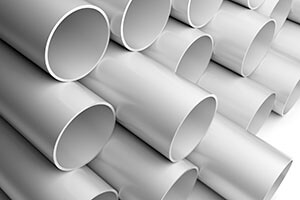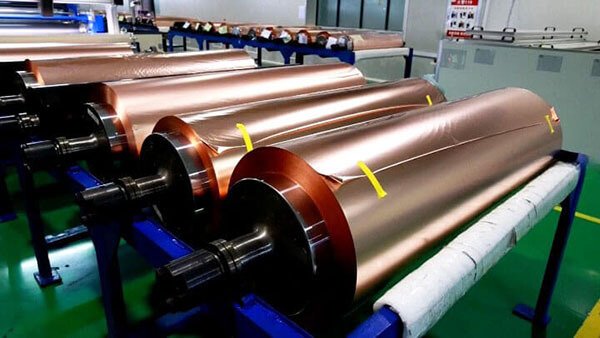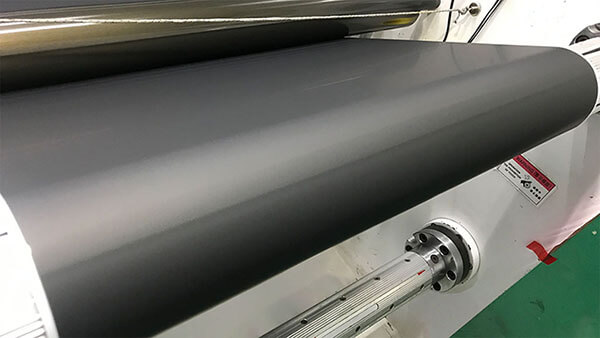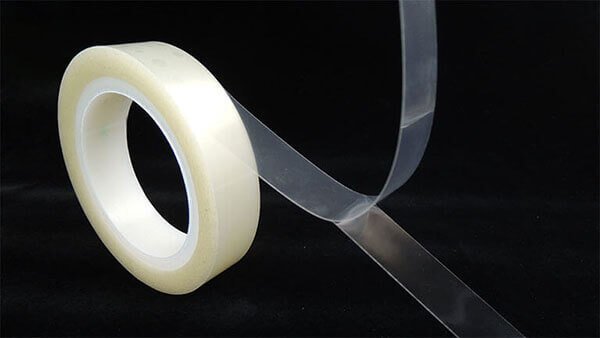Tube Core Fixed with Ultra-Thin Double-Sided Tape: Coating Becomes a Breeze
2023/04/26

When using double-sided tape to fix the core tube and materials during the production of metal foils (such as copper foils and aluminum foils) or positive/negative electrode materials for power batteries, there are some pain points:

1. Dent issues:
When using traditional thick double-sided tape to fix materials, the thickness of the tape and the gap between the materials and the core tube may cause dent on the materials after winding, which can affect the quality of the final product.

2. Insufficient adhesion:

Due to the smooth surface and low surface energy of the core tube, regular ultra-thin double-sided tapes may have insufficient initial tack force, resulting in poor adhesion between the tape and the core tube, thereby affecting the fixing effect. The solution is to choose ultra-thin double-sided tapes with high initial tack force to ensure reliable fixing effect.
Ultra-thin double-sided tape is a type of specially designed tape with a thickness usually below 0.03mm, which is suitable for addressing challenges that may arise during material production. Here are some methods of using ultra-thin double-sided tape to solve the issue of fixing core tubes and materials:
1. Ultra-thin and strong adhesion:
Horae ultra-thin double-sided tape typically has superior adhesion, which can securely fix the core tube and materials, even on extremely thin material surfaces. This effectively addresses the issue of dent that may occur between the core tube and materials.

2. Flexibility and adaptability:
Ultra-thin double-sided tape usually has good flexibility and adaptability, allowing it to conform to uneven surfaces, such as the surface of the produced materials. This can reduce the occurrence of dents, ensuring that no traces are left on the material surface after winding.
3. Appropriate thickness and width selection:
When using ultra-thin double-sided tape, appropriate thickness and width can be chosen based on specific application requirements to ensure that the fixing effect matches the thickness of the materials. Generally, thinner double-sided tape is more suitable for fixing thin materials.
4. Reducing costs:
Proper use of ultra-thin double-sided tape can reduce material damage and waste during production, thereby improving production efficiency and reducing costs.
In addition, when using ultra-thin double-sided tape, the following points should also be noted:
1. Test suitable double-sided tape:
In practical applications, it is recommended to conduct tests with different thicknesses and widths of ultra-thin double-sided tape to determine the most suitable choice and ensure the integrity of the fixing effect and material surface.
2. Proper application techniques:
When applying ultra-thin double-sided tape, appropriate pressure, temperature, and fixing time should be applied to achieve the best fixing effect.
3. Consider post-processing:
After fixing the materials, it is important to consider post-processing, such as avoiding excessive bending or squeezing, to prevent the double-sided tape from failing or the materials from being damaged.
Frequently Asked Questions
1. Will double-sided tape damage the surface of the material?
Horae double-sided tape, designed specifically for the electronics industry, features material-friendly characteristics and will not cause damage to the surface. However, using inappropriate double-sided tape or incorrect application of double-sided tape may result in damage to the surface of the material, such as scratches or residue.
2. Is the adhesive strength of double-sided tape strong enough?
The adhesive strength of double-sided tape is a critical factor in ensuring it adheres securely to the material and core. When choosing double-sided tape, it should have sufficient adhesive strength to maintain stable adhesion performance during production and winding processes, thus avoiding dent after winding. It is recommended to choose high-quality double-sided tape designed for the electronics industry and perform adhesive performance testing before use to ensure it meets the requirements.
3. Can other methods replace double-sided tape?
In addition to double-sided tape, there are other methods to fix materials to cores, such as using adhesives or glue. However, these methods may face challenges, such as adhesives potentially damaging the surface of the material, or residue from glue after drying. Therefore, when choosing alternative methods, careful consideration should be given to their impact on the production process and material surface, and ensure they meet the required adhesive performance and operational requirements.
4. How to properly use double-sided tape?
Proper use of double-sided tape is crucial in avoiding dent after winding. Here are some general steps for using double-sided tape:
- Clean the surface of the material and core to ensure it is clean, dust-free, and oil-free.
- Choose suitable tape and cut it to the appropriate length and width according to the manufacturer’s guidelines for double-sided tape.
- Carefully apply the double-sided tape to the surface of the core, ensuring it covers the entire surface smoothly and evenly, avoiding bubbles and wrinkles.
- Use appropriate pressure, such as fingers or specialized bonding tools, to tightly adhere the double-sided tape to the material and core, ensuring good adhesive performance.
- After bonding is completed, check if the double-sided tape is securely adhered to the material and core, and make further adjustments if needed.

5. Can ultra-thin double-sided tape be adhered to PE tubes or materials with low surface energy?
Generally, double-sided tape is not suitable for direct adhesion to PE pipes or paper tubes, as PE materials have low surface energy and may not have good adhesive performance with regular double-sided tape. However, Horaes’ special formulation of double-sided tape has good adhesive performance on PE tubes, paper tubes, or other materials with low surface energy.
Category
